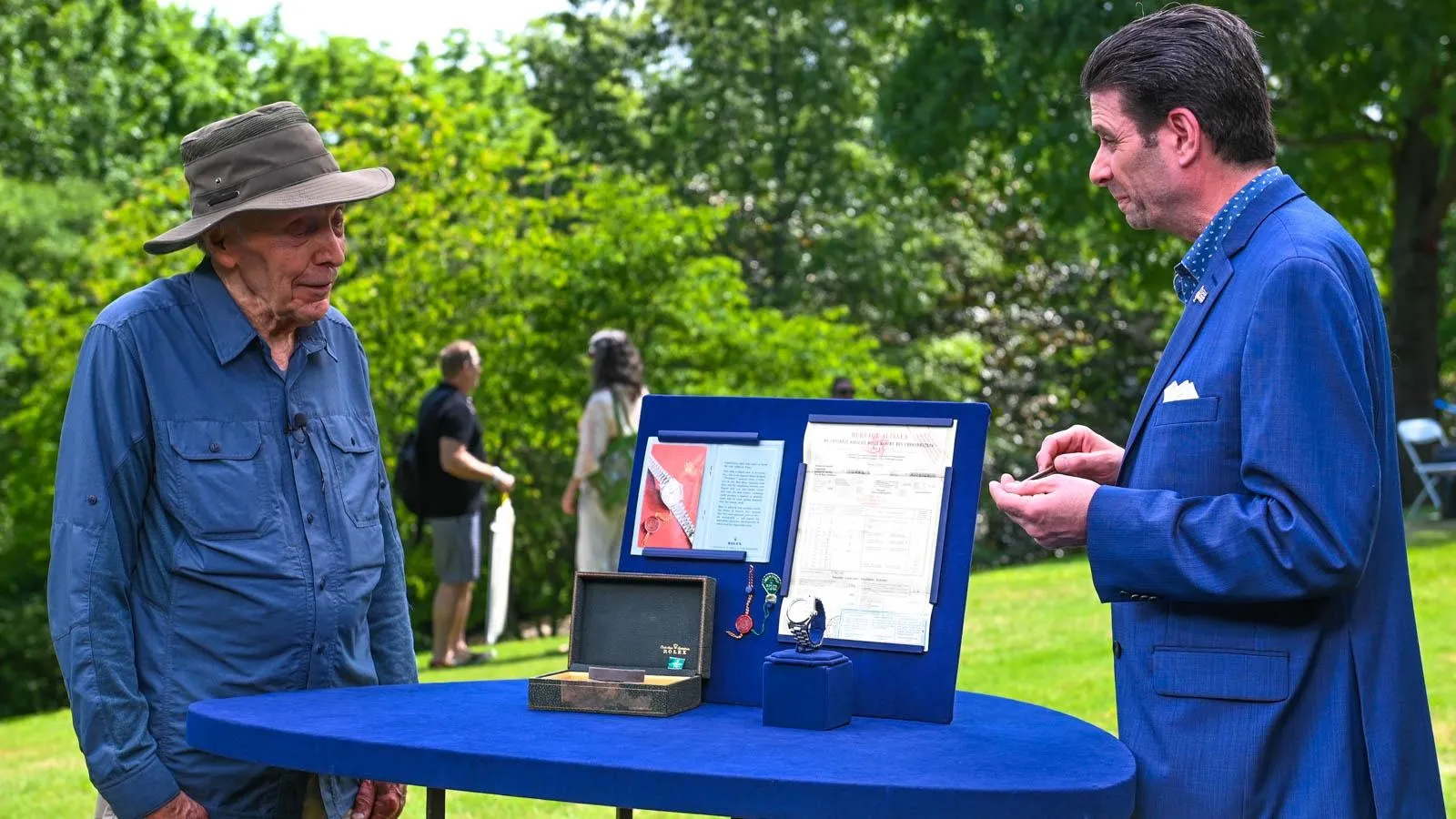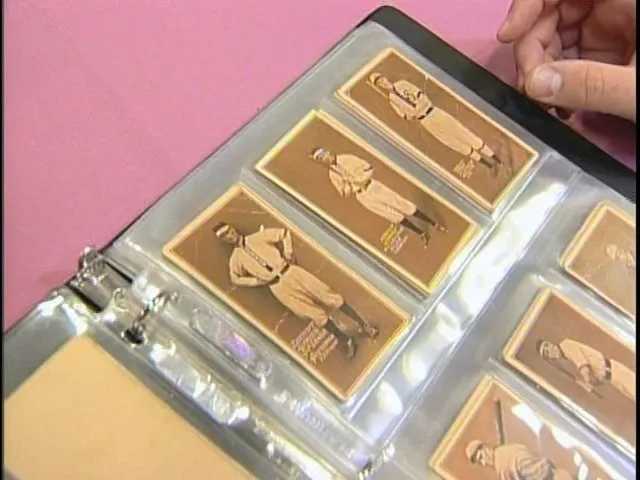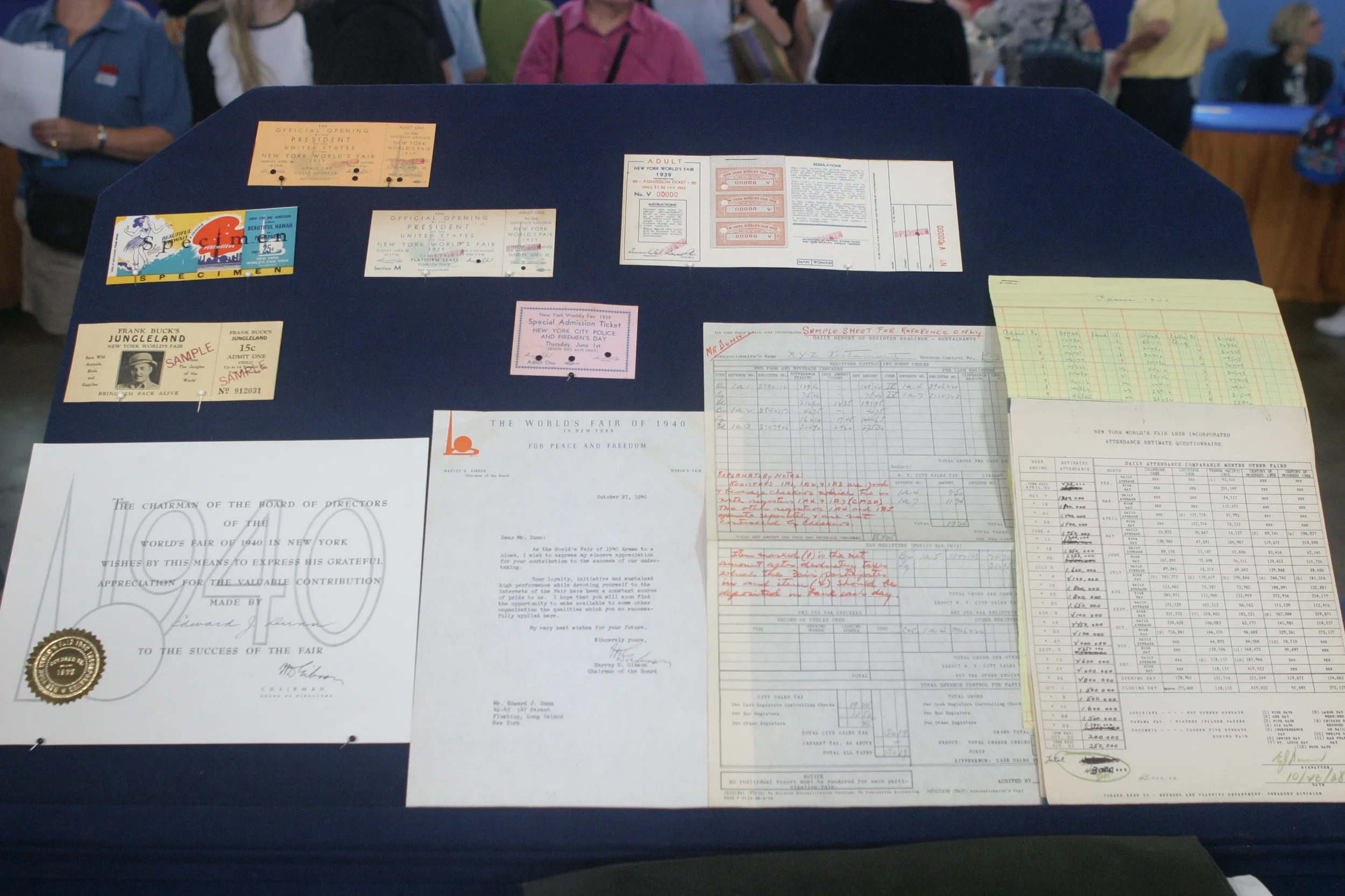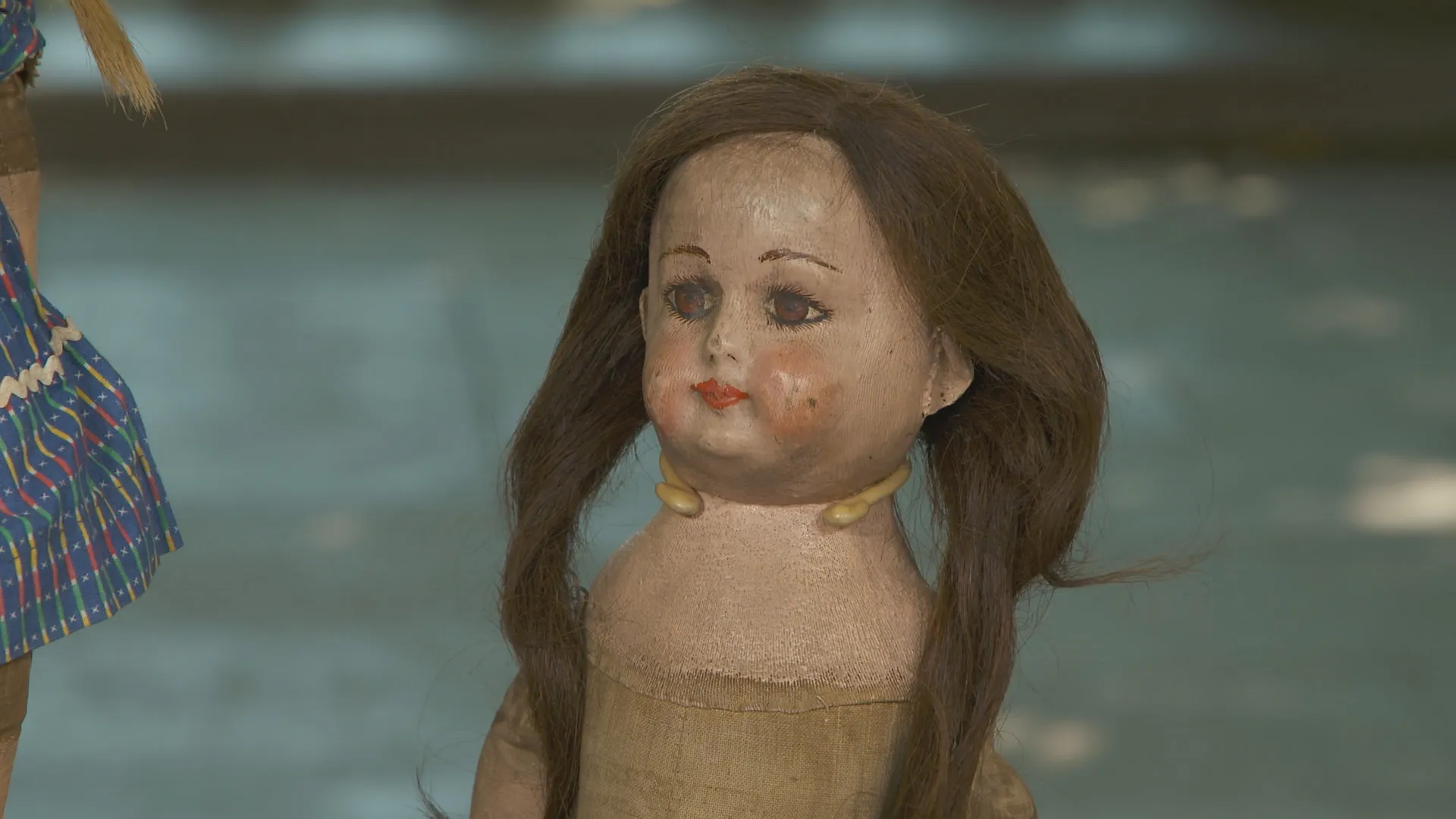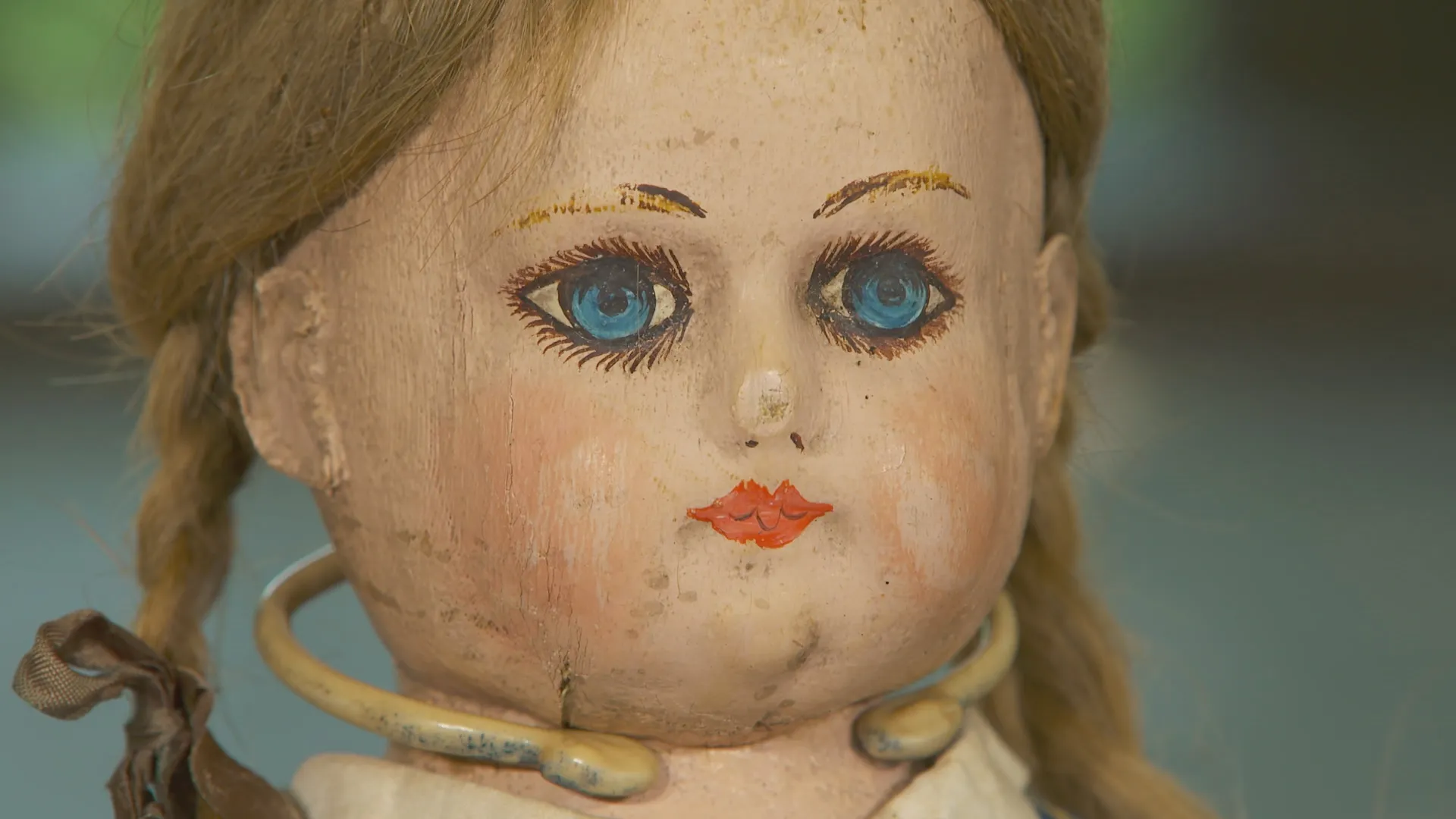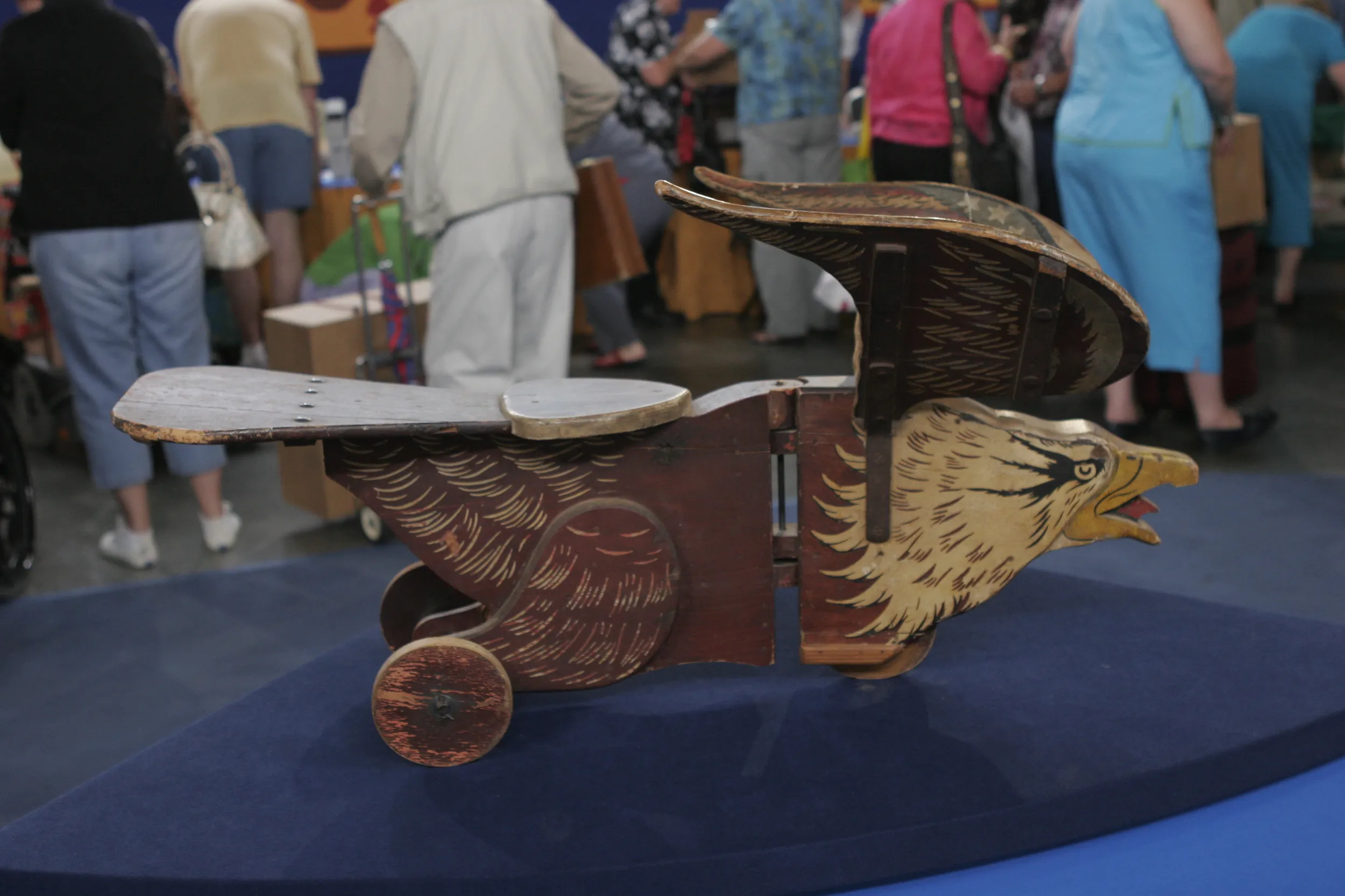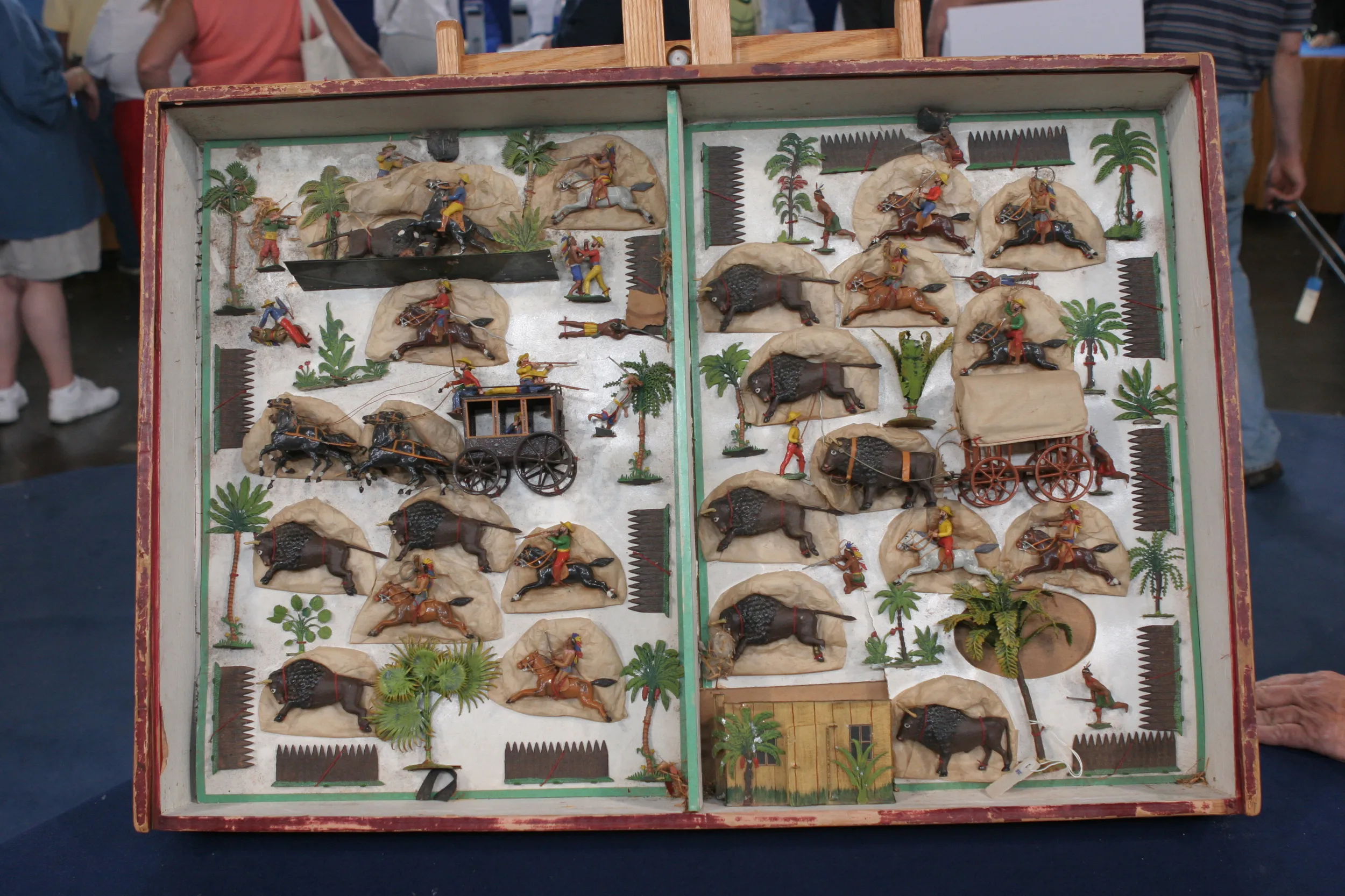GUEST: These dolls belonged to my great-aunts. They were both sort of eccentric Alabama women, and these dolls certainly reflect that. I don't remember them when I was little, but when my mother cleared out my aunt's home, she took them to her home. And then my mother died about ten or 11 years ago. And I just packed 'em up and brought 'em to my house and then didn't even open them. And when I did open them... (clicks tongue): Oh, my.
APPRAISER: What did you think?
GUEST: I thought they were terrifyingly hideous.
APPRAISER (laughing): Oh, my God.
GUEST (laughs): And I couldn't imagine giving them to a child, but... It was 19, what, 10? And I guess they were happy to have them. I just imagine they were Christmas presents.
APPRAISER: Okay.
GUEST: But I, I really don't know.
APPRAISER: Well, your dolls were made by Ella Smith. Guess where.
GUEST: In Alabama?
APPRAISER: In Alabama.
GUEST: Well...
APPRAISER: In Roanoke, Alabama, actually.
GUEST: Oh!
APPRAISER: She was an entrepreneur businesswoman at the turn of the century, which was still a really big deal.
GUEST: Uh-huh.
APPRAISER: They are made of cloth, which... She was trying to come up with a doll that she felt would compete with the bisque and china dolls, which were very fragile.
GUEST: Sure.
APPRAISER: And these were called Indestructible Dolls because a child could drop it and it wasn't going to shatter into a million pieces.
GUEST: Yeah.
APPRAISER: Which, obviously, one aunt proved... (laughing): Proved her wrong.
GUEST: Exactly, but... Um... But all in all, they've done pretty well. (chuckles)
APPRAISER: Yes, they've, they've held up very well. They also were supposed to be washable, believe it or not. They are fabric that has been heavily painted with oil paint so that it really gives it a nice, strong finish. There's actually plaster in the inner core of the head...
GUEST: Oh, really?
APPRAISER: ...which gives it a little bit of weight...
GUEST: Sure.
APPRAISER: ...and more realism. She started making them at the turn of the century through the, about the mid-'20s.
GUEST: Okay.
APPRAISER: And the original ones, if you will notice the ears, she just took fabric and painted it, and then applied it through the side of the head. But later on, she actually got smart and molded the ears, which was a lot less work. That helps us date yours as being some of the earlier ones.
GUEST: I see, uh-huh.
APPRAISER: And you're saying 1910, so that, that's...
GUEST: Just supposing.
APPRAISER: That sort of fits in. They come with bare feet or they come with little painted boots, and yours have bare feet. I see lots of Alabama babies. These are scarce because of their wonderful wigs. You rarely see 'em with wigs on. These are super because they're actually human hair wigs. So that kind of adds to your...
GUEST: Sure.
APPRAISER: ...horrifying experience. (laughs)
GUEST: Well, it does to me, but I can see that that's interesting.
APPRAISER: But very realistic. Your dolls are worth around $1,100 to maybe $1,300 retail.
GUEST: Goodness gracious.
APPRAISER: Apiece.
GUEST: Apiece! Oh, my.
APPRAISER: Are you still scared of them?
GUEST: Well, to be honest, really, look at... They don't really inspire cuddliness, do they?
(both laughing)
APPRAISER: I absolutely love 'em, but I'm...
GUEST: But I certainly, well, I certainly respect them.
(both laughing)
GUEST: Thank you so much.

